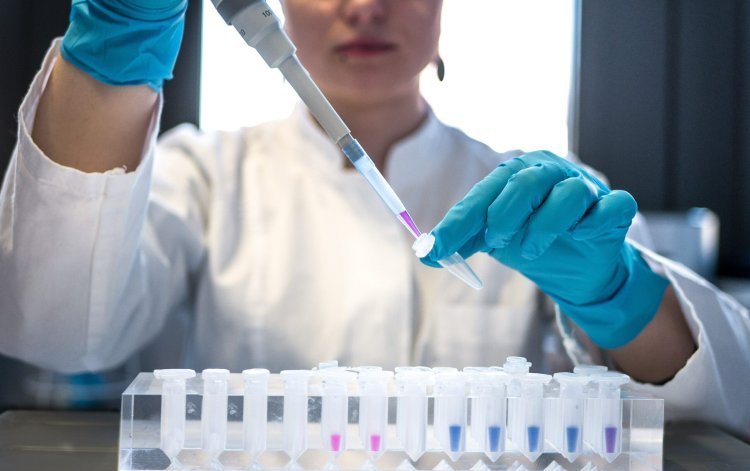Strategies for Ensuring Reproducibility and Reliability in Digital PCR Services
Strategies for Ensuring Reproducibility and Reliability in Digital PCR Services

qPCR assays and qPCR assay development have been crucial bioanalytical services provided by laboratories offering solutions such as cell-based assays and mass spectrometry testing services. For the last three decades, qPCR analysis has emerged as a promising PCR service for gene expression analysis and copy number assessment. However, the last decade has seen the growth of advanced qPCR services such as digital PCR service and ddPCR analysis. ddPCR method stands for digital droplet PCR.
Despite several advantages of digital PCR services, such as ease of use and binary output, it has challenges. One should follow all guidelines to maximize assay performance and attain all characteristics. The current article discusses strategies for ensuring reproducibility and reliability in digital PCR services.
Increasing reliability and reproducibility of dPCR assays
Even before initiating the PCR reaction, factors such as pipetting techniques and lab basics can influence assay reproducibility and reliability. Calibrated pipettes are crucial for reproducible and reliable assays. Besides, researchers should eliminate debris by centrifuging study samples. Often, researchers forget that lot-to-lot variability and reagent stability may impact the accuracy and reproducibility of qPCR assays.
Experimental errors can be generated during the reverse transcription template modification and extraction process. Significant errors during the preanalytical process can affect assay precision and cause bias. All protocols, such as extraction, sampling, storage, and qualitative and quantitative evaluation, should be adequately reported and documented.
It is ideal to have a simple qPCR workflow to reduce user intervention. This approach also means reducing the primary and secondary steps by having a single fitting approach and single consumption to increase assay reproducibility. Automated systems can also help improve assay reproducibility. Uploading the qPCR mixture into the cassette system will process the sample and conduct the entire amplification partitioning and read out inside the cassette.
Must Read: Future Trends in Multiplexed ELISA Technology: Innovations Shaping the Field
The digital PCR dynamic range is less compared to qPCR analysis. Therefore, researchers should have an in-depth understanding of template concentration to avoid saturation. Notably, colorimetric and spectrophotometric protocols determine the mass of nucleic acids rather than their molarity. Hence, researchers should obtain primer concentrations that are not restricted in qPCR analysis to generate accurate and reliable results. Additionally, for copy number studies, one must perform restriction digestion, or else interlinked targets may co-localize even though two copies may be present in the sample.
Robust quality controls are crucial to remove bias, reproducibility, and accuracy issues in digital PCR studies. Control samples help determine whether the assay amplifies the desired product and is free of carryover or cross-contamination.
Negative controls with water instead of template DNA are crucial for identifying contamination due to amplifiable DNA. Importantly, researchers should know the limit of the blank samples. One may run 20 to 30 samples without a template to experimentally determine that negative controls produce pure negative results all the time. Besides spiking the samples in reducing amounts of positive control to determine the lower limit of detection is crucial for evaluating the sensitivity of digital PCR assays.
What's Your Reaction?










![Blog Submission Sites 2024 [High DA]](https://blognow.co.in/uploads/images/202306/image_100x75_6494a03eaff5e.jpg)
![Article Submission Sites 2023 [High DA & PA]](https://blognow.co.in/uploads/images/202307/image_100x75_64c4181f17036.jpg)
![Classified Submission Sites 2023 [High DA & PR]](https://blognow.co.in/uploads/images/202306/image_100x75_649dcd5260808.jpg)




![Article Submission Sites 2023 [High DA & PA]](https://blognow.co.in/uploads/images/202307/image_750x415_64c4181f08ed5.jpg)
![Classified Submission Sites 2023 [High DA & PR]](https://blognow.co.in/uploads/images/202306/image_750x415_649dcd5247eeb.jpg)
![Blog Submission Sites 2024 [High DA]](https://blognow.co.in/uploads/images/202306/image_750x415_6494a03e96bfa.jpg)